Artificial intelligence (AI) is altering our lives, jobs, and safety. It enables machines to operate intelligibly, learn, and solve problems. One important issue is whether AI can make us safer. Many experts agree. AI already drives criminal prevention, health safety, and disaster response. Security systems, airports, and even internet environments all use it.
Additionally, it is handy for continuous monitoring since artificial intelligence may operate without rest. Some fear blunders and invasions of privacy. Despite its shortcomings, AI is starting to be a strong tool for personal protection. This guide will discuss how artificial intelligence seeks to create safer living conditions. Let's examine how greatly artificial intelligence helps maintain our planet's safety.
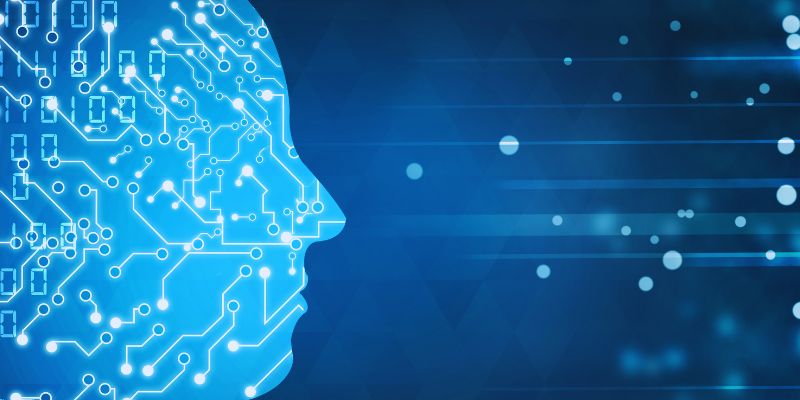
Police are using artificial intelligence to help halt crimes before they start. It examines crime trends and projects areas of possible difficulty. These systems can recommend the locations for patrol deployment. It speeds up and smartens police enforcement. Artificial intelligence instruments can also identify faces in public spaces. Artificial intelligence cameras can follow suspects and locate missing persons. Large events allow this to help stop clashes or attacks. AI fast checks thousands of faces. It raises public safety and saves time.
AI helps some cities identify gunfire. These systems notify authorities upon gun discharge. The sound leads exactly to the place. This fast response safeguards life and helps to stop crime. AI can also search internet sites and social media posts. It shows evidence of deliberate attacks or destructive deeds. If police spot online threats, they can respond quickly.
Fighting cybercrime is one area where artificial intelligence excels. Faster than humans, it can identify dangers. Hackers are continually switching their approaches. However, artificial intelligence can react fast and pick up these fresh skills. AI tools hunt computer systems for unusual activities. If it detects a flaw, it calls for professionals or pauses the attack. This guards private information, money, and data.
Phishing schemes frequently feature these. AI techniques can scan emails, and harmful ones can be removed. AI also enables businesses to handle log-ins and passwords. It can find someone attempting to break in. Some systems check identity through facial or vocal recognition. AI helps banks prevent fraud. It stops financial theft and shields consumers.
In the realm of health, artificial intelligence is saving lives. It aids in doctors' early discovery of diseases and facilitates the smooth operation of hospitals. For example, artificial intelligence rapidly reports findings on X-rays. It can point to indicators of infection or malignancy. Certain gadgets even offer therapy recommendations. It enables speedier action among doctors. AI coordinates ambulance paths during crises. It looks for the fastest and best roads.
AI chatbots respond to health concerns whenever. When doctors are not present, they provide guidance. This is helpful in rural locations or during hectic times. AI monitors epidemics as well. It looks at news, social media, and health studies. It reports a virus it detects spreading. It enables quick action among health officials. AI notes vital signs in hospitals. It alerts employees should a patient's state deteriorate.
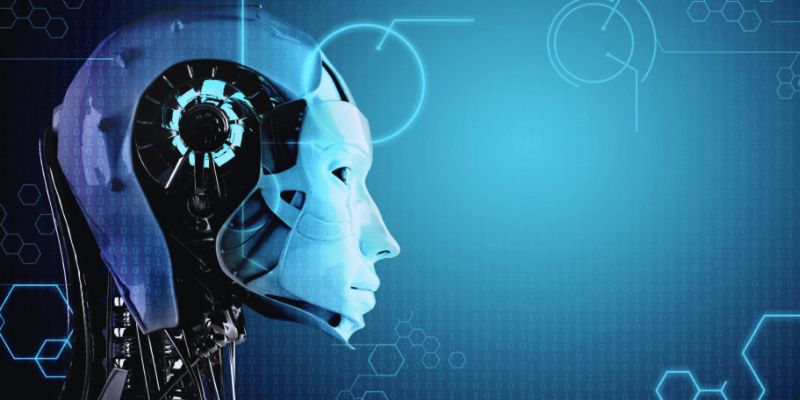
Natural disasters, including floods, earthquakes, and fires, can all benefit from artificial intelligence. It peruses weather reports and satellite data. It then alerts those living in hazardous areas. After storms, drones equipped with artificial intelligence can look for survivors. They cross vast distances rapidly. It promotes quick rescue team action and saves time. AI graphs growing water levels in floods. It points out the regions in danger. It enables early evacuation and safe staying.
Additionally, AI systems track water quality and air pollution. If levels turn dangerous, they send alarms. This helps maintain public health. AI helps forest fire systems monitor for smoke. It informs firefighters if a fire strikes. It helps to stop the fast spreading of fires. AI helps earthquake warning systems identify early vibrations. Seconds before a major earthquake, they issue alarms.
Our travel is being altered by artificial intelligence. AI guides self-driving cars away from collisions. Both cameras and sensors abound in these vehicles. AI reads road conditions, signage, and traffic. AI helps to prevent human mistake-caused accidents. It watches blind areas and maintains automobiles in its lane. It preserves safe distance and regulates speed as well. Safety checks on public buses and trains apply artificial intelligence. It looks at signaling, engines, and brakes. It stops issues before they start.
Additionally, traffic lights are becoming smarter. AI changes signal timing to cut congestion, reducing traffic accident risk. AI tools enable the identification of inattentive or sleepy drivers. They offer caution if someone is nodding off, keeping people and drivers on the road safe. AI faults aircraft in air travel. It notes problems before the flight.
Artificial intelligence is quite powerful, although not flawless. It is prone to blunders. Systems of facial recognition could mistake persons. Unfair arrests can follow from this. AI systems require plenty of data. If the data is erroneous, artificial intelligence produces poor decisions. It can injure innocent individuals. AI invades privacy, some worry. It gathers and studies personal information. People fear about too tight tracking. Bad actors can also exploit artificial intelligence.
Hackers could enter networks using artificial intelligence, and terrorist groups could try to fool artificial intelligence equipment. One also runs a risk of being biased. Artificial intelligence picks lessons from human experience. If the data is unjust, artificial intelligence will operate unfairly, and discrimination will result. AI depends on human supervision. It cannot operate alone. Experts have to review choices and correct issues.
In many respects, artificial intelligence can contribute to making our lives safer. It backs emergency response, health care, and criminal prevention. It watches for cyberattacks and enhances road and aviation travel. AI never gets tired; it learns patterns and operates quickly. However, it's not flawless. Real concerns are mistakes, privacy questions, and prejudice. AI should be used carefully. Human knowledge has to be direct and enhanced. AI can be a great ally in maintaining public safety if used correctly. AI will become even more important in safeguarding us as technology advances.
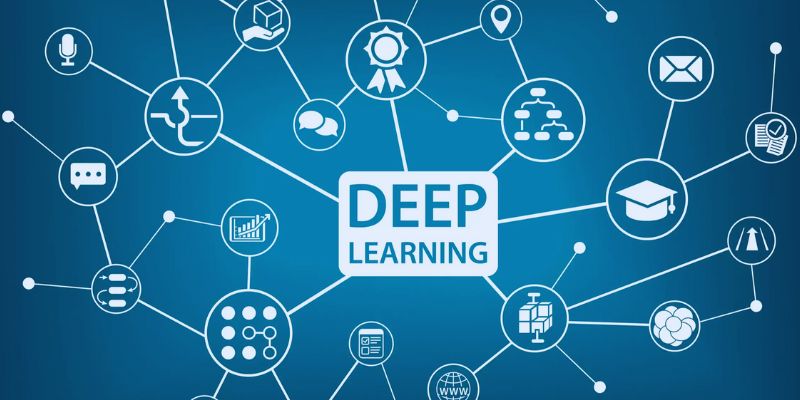
Fastai provides strong tools, simple programming, and an interesting community to empower everyone to access deep learning
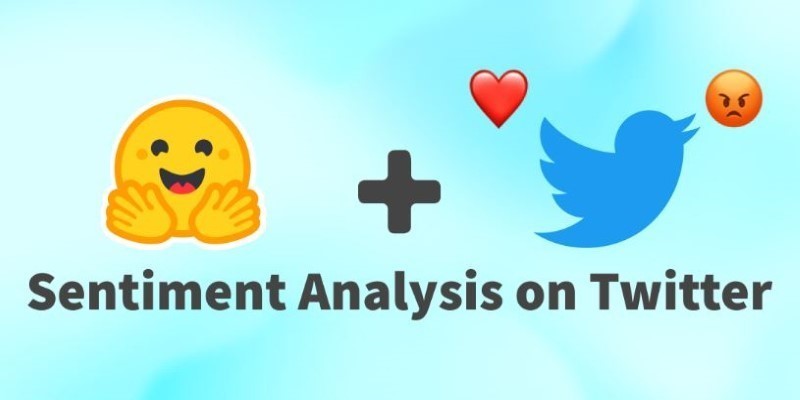
How to get started with sentiment analysis on Twitter. This beginner-friendly guide walks you through collecting tweets, analyzing sentiment, and turning social data into insight

AI can't replace teachers but transforms e-learning through personalized learning, smart content creation, and data analysis

How AWS Braket makes quantum computing accessible through the cloud. This detailed guide explains how the platform works, its benefits, and how it helps users experiment with real quantum hardware and simulators
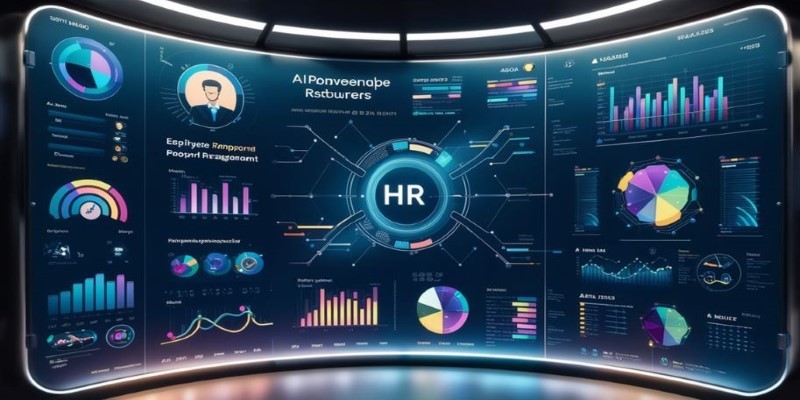
How AI-powered HR and recruitment tools are transforming hiring processes with faster screening, smarter candidate selection, and improved employee retention strategies for modern businesses
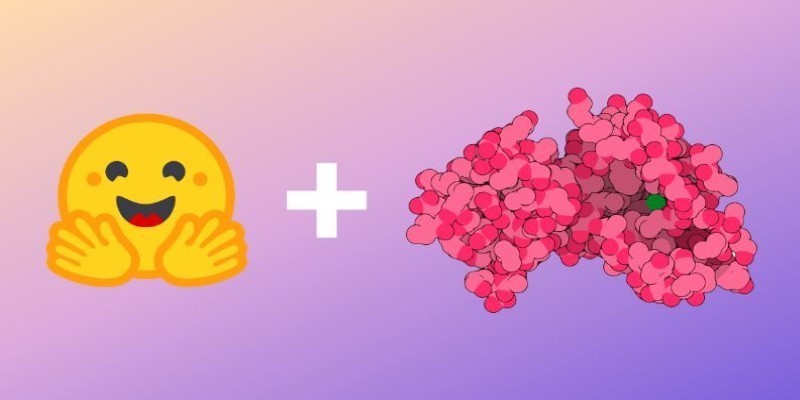
How to visualize proteins using interactive, AI-powered tools on Hugging Face Spaces. Learn how protein structure prediction and web-based visualization make research and education more accessible

Natural Language Processing Succinctly and Deep Learning for NLP and Speech Recognition are the best books to master NLP

Zero-click buying revolutionizes eCommerce with effortless shopping and boosting sales, but privacy concerns must be addressed

Create profoundly relevant, highly engaging material using AI and psychographics that drives outcomes and increases participation
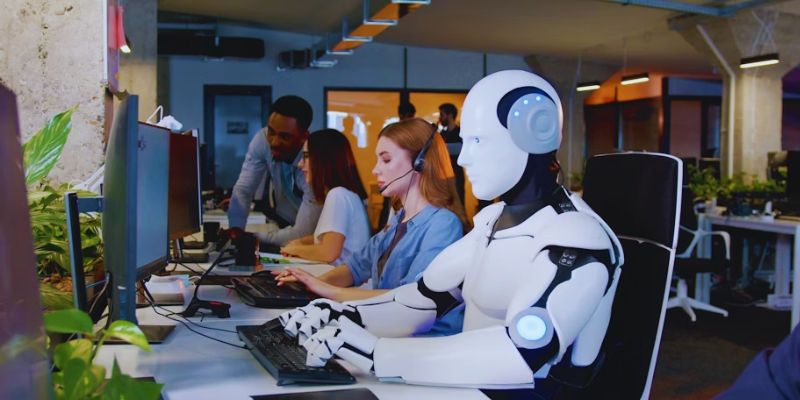
AI changes the workplace and represents unique possibilities and problems. Find out how it affects ethics and employment
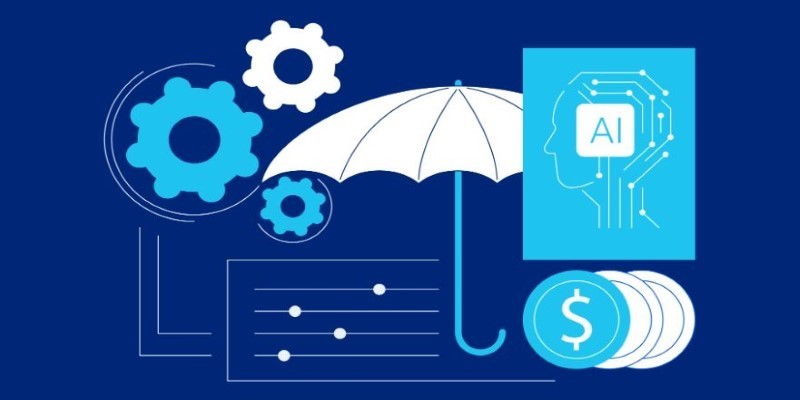
AI in insurance is transforming the industry with smarter risk assessment and faster claims processing. Discover how technology is improving accuracy, reducing fraud, and enhancing customer experience
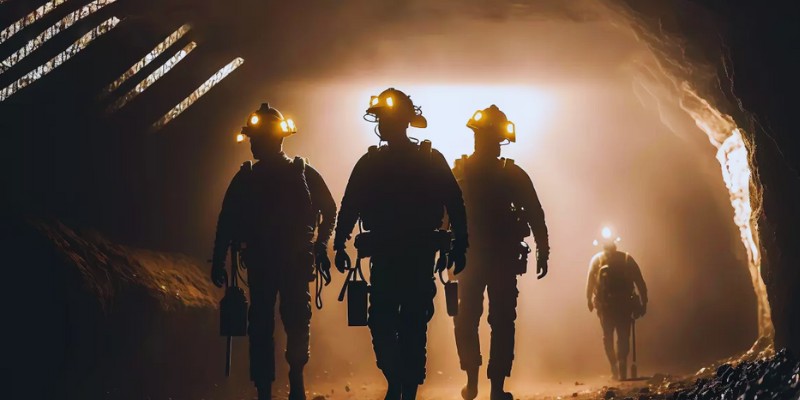
Explore three major mining challenges and six smart solutions to reduce costs, ensure safety, and boost sustainable operations